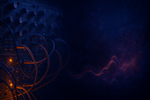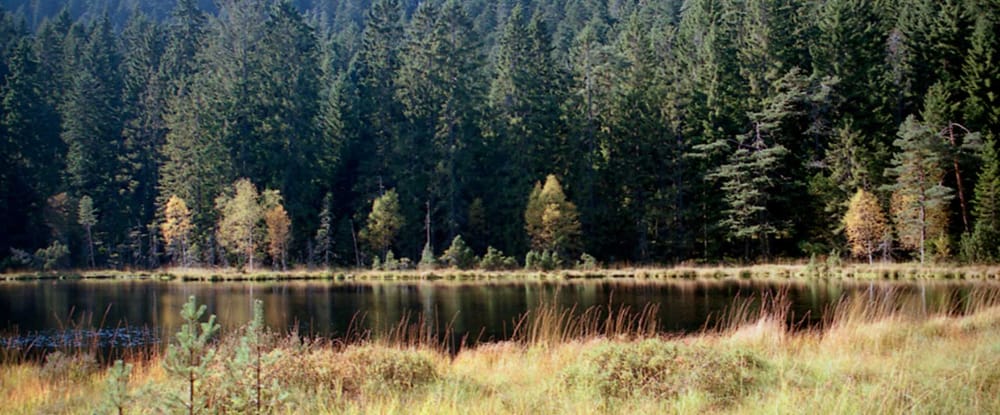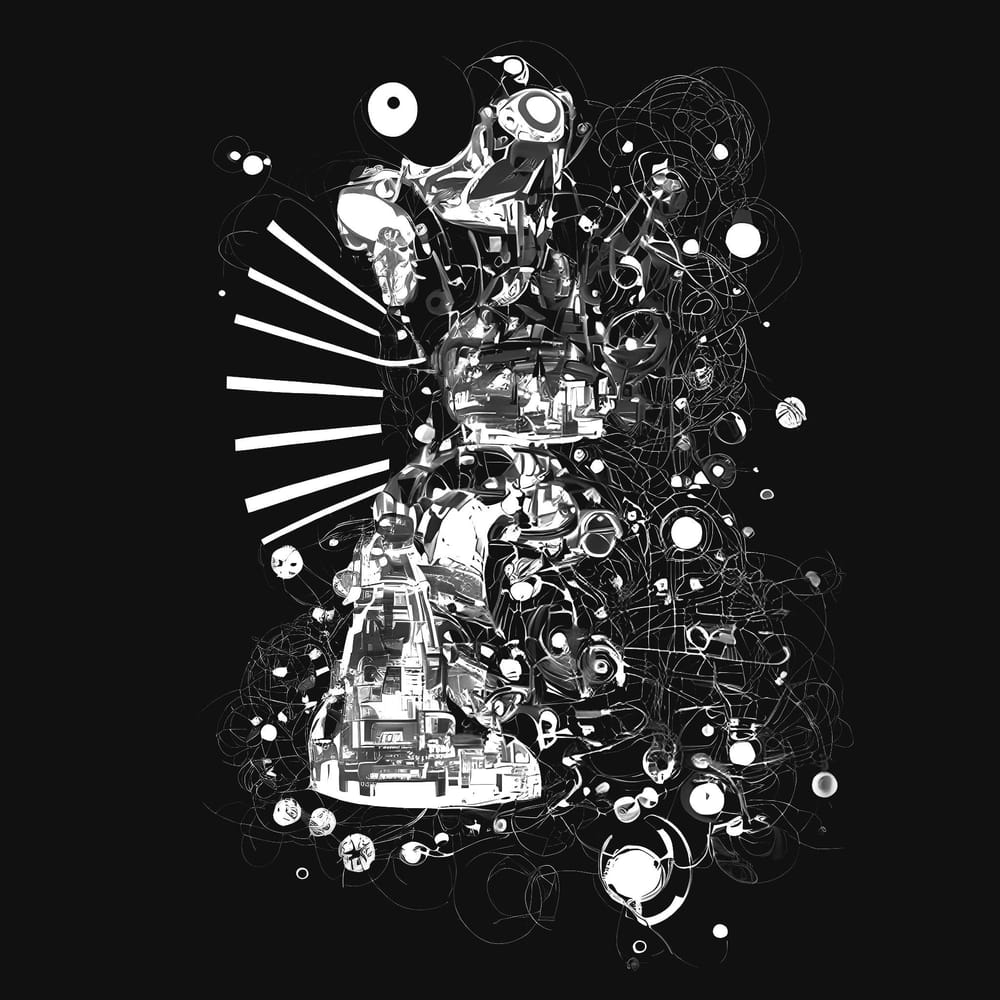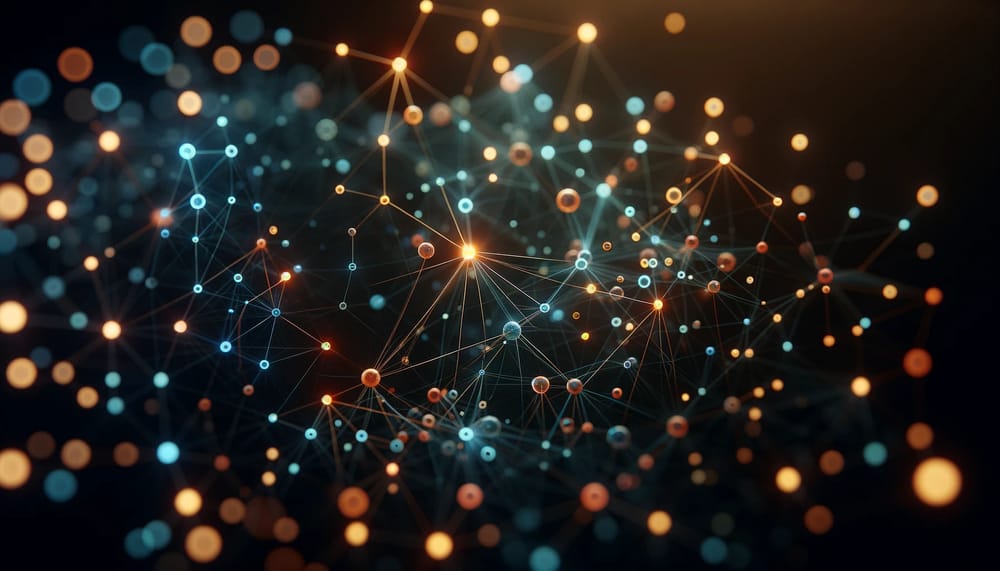Welcome to my personal journey of transformation from a filmmaker to a data scientist. I aim to attract investors and collaborators who resonate with my vision of blending art and technology. Together, we can create sustainable and thriving opportunities.
Ab Ovo to Medias Res
Compared to writing, music, and painting, cinema is a younger upstart. I come from a background in painting, embarking on a mission to seek abstract expression, realism, social criticism, and to transform profound pain into a lens on the world. A painting captures subconscious motion, a snapshot of time, an episode of collective consciousness, a channeled fragment of now. Unlike film, a painting moves within the recipient’s perception only; it stands still, a testament to a layered act of expression, fixated in a specific moment of surrendering to the process. Painting has space and movement within itself. The spectator becomes the camera, dynamically and deliberately experiencing the dimension of time while exploring the image. Art can evoke a reflection of the illusion of self onto the viewer, helping to piece together and evolve consciousness.
This exploration delves into the intricacies of stream-of-consciousness literature, the mutable nature of human identity, and the inherent risks of introducing radical ideas in art. Stream of consciousness, exemplified in works like James Joyce's Ulysses and Arno Schmidt's Zettel’s Traum, captures the fluid and chaotic ebb and flow of thoughts and emotions, often laden with fragmented references to cultural, historical, and personal elements that challenge interpretation and foster diverse understandings. While the main thread of the both the stories is materialistic, pressured by real-world desires, exploring totem and taboo, the meta layer is the multidimensional inner monologue. The notion of human identity as an ever-evolving construct is supported by theories such as Erik Erikson’s stages of psychosocial development, Erving Goffman’s dramaturgical analysis.
Vanguard artistic ideas, despite their potential to spark change and intellectual discourse, carry the risk of being misunderstood and inciting controversy. This is evident from the initial ban of Ulysses and the mixed reception of movements like Dadaism. In a tri-dependent process, contemporary concepts suggest that we can only successfully integrate two out of three edgy features. If one element is an outlier, two elements must fall within the known spectrum to maintain the hook of interest. This balance ensures that the innovation remains relatable and engaging.
The exploration of the psyche, like film, is relatively young compared to somatic disciplines in human medicine. Art's unique capacity to stimulate thought and evoke profound emotions underscores its significant societal impact, serving both as a catalyst for transformative change and as a medium for expressing the intricate depths of human experience.
During my studies at the Filmakademie Baden-Württemberg, film architecture and stage design felt like a three-dimensional extension of the canvas, transforming static art into immersive environments. Meanwhile, the influx of opinions, references, and platforms has evolved into a stream shaped by industrial hierarchies. The debate between art and design is a familiar one, often blurring the lines between creative expression and functional aesthetics.
Art questions; design answers. Art creates; design constructs.
While this dichotomy is clear, many designers deconstruct their own processes. Can we honor rather than divide? Filmmaking straddles this divide, requiring both inspiration and technical precision. On a film set, a lighting technician manages cables while an actor delves into deep emotional reserves of their character. For film to thrive as an industry, these opposing forces must coexist. The narrative can interchange: lighting technicians become painters of light, while actors can be seen as light reflectors—respectfully, of course. All the while, the running gag "we are making film, not art" persists, as hierarchical structures are maintained with an almost military rigor.
As Andrei Tarkovsky said, "No art form can fix the elements of a film, and the nature of film production dictates the collaboration of a large number of people. Unfortunately, you can't make a film alone, and fortunately, you can't make a film alone." This highlights the collaborative nature of filmmaking, which contrasts sharply with the solitude of the artist's studio and the long nights of the search. In solitude, inspiration can flourish unimpeded—in the wild, in the streets, in the eyes, in the desire, in the gore, the math, the flux, the sweat, the juices, and the substance.
Collaboration can be a wellspring of creativity but also a source of politics, power plays, and funding battles, pushing the craft into mainstream conformity—even for non-conformists. Tarkovsky's struggle with the state of Russia and his subsequent emigration to Sweden exemplifies the political nature of art. His work was often at odds with the Soviet regime, which sought to control and censor artistic expression. Tarkovsky's eventual need to leave his homeland to continue his work underscores that the act of creating art is inherently political, as it often challenges existing power structures and societal norms. Therefore, to be relevant and impactful, art must engage with the political realities of its time.
All art is political. All art has to be political to be relevant.
The film industry, much like any other, operates within a range of budget constraints, encompassing no-budget, low-budget, and big-budget projects. In reality, few industries offer fewer rewards to their professionals than the film industry. The "glass ceiling" serves as a metaphorical threshold that everyone aspires to surpass. Commercial filmmaking often serves as a secondary means to finance a primary artistic endeavor. For instance, the Brothers Quay created commercials to fund their Koninck studios. Reflecting on Kurt Schwitters' Merz works, which incorporated commercial and everyday elements to challenge the boundaries of art, we must ask ourselves: What are we supporting with our voice? Can we endorse corporations that exploit minority groups? Can we monetize our monetization? Can we decentralize democracy and democratize the internet with web3? How can we sustainably support and fund artists? Are subsidies sustainable, and do they lead to more profound art? Or is reduction and asceticism a path to enlightenment, avoiding expensive materials and shallow meanings—the cliché of the starving artist—and the irony of arte povera displayed posthumously in museums? Consider the judgment of those who fail to understand the political significance of the fat stain on the floor.
Audience, Reach, Scope and Platform
In film, independent American filmmakers often face unique challenges, while German film culture, frequently subsidized, creates dependencies in mentality and expression, streamlining features to suit the statistical median viewer. The selection process acts as a filter similar to censorship and federal curation, regardless of a topic's relevance and longevity. Subventions can dull a creator's mind, while American indie film sequels become dull and lifeless after the industry devours and disgorges them.
This dichotomy highlights the contrasting approaches to filmmaking: one driven by raw creativity and survival, the other by financial support that may stifle originality, even though the funds were originally intended to propel cultural expression. Many subsidized German films address important issues such as immigration, women's rights, and societal edge cases, yet the funding mechanism can still feel restrictive.
Additionally, the differences in tax structures and healthcare systems between the two regions impact filmmakers' lives and work. In Europe, more comprehensive healthcare and social safety nets allow artists to take creative risks without fear of financial ruin. Conversely, in the U.S., lower taxes can mean more disposable income, potentially offering filmmakers more financial freedom to pursue creative projects independently.
The challenge lies in balancing financial viability with artistic integrity, ensuring that films remain innovative and meaningful regardless of their funding sources. While we are frustrated with the mechanisms of funding in Germany, we acknowledge that finding a better system is challenging. Does anyone else know a better solution that is not crowdfunding?
Timelessness is not a payable item
Filmmaking has often been an indirect medium, frequently bogged down by rational development and iteration or lagging behind trends and evolution due to lacking technology like CGI, convincing new subject material, the right constellation of factors, or adequate funding. Consider the evolution of Dune: the original book, Jodorowski's ambitious concept, the first film adaptation, and the recent remake. This structured and often frustrating approach clashes with the mental process, which works at the speed of thought, yet seems necessary to meet production schedules and deadlines. The result is a meticulously designed product, with only traces of raw artistic expression.
Now, we have short-film media and the influencer bubble, paid partnerships, rapid judgment, interaction and commentary, opinion-making, bots, voices, social rage, and the efforts to control and educate them. These intermediary sensations are fleeting examples of prosumption—a blend of "production" and "consumption"—where individuals are both consumers and producers of content. This term reflects the way digital and social media platforms enable users to create, share, and consume content in a participatory culture.
For film to remain relevant, it must be experimental, episodic, fragmentary, and unfettered by production constraints. It should flow from the subconscious, tapping into the unseen currents of the mind, unbound by commercial considerations. However, such artistic freedom rarely yields financial sustainability. External judgment, the reliance on "bankable" stars, and the repetition of well-selling material numb access to these subconscious forces. This realization drew a clear line for me: true experimental storytelling cannot coexist with the demands of the film industry.
Accolades and the process became irrelevant. The pursuit of high art was not sustainable. To survive within the medium, I had to abandon the industry's rigid demands and detach from its commercial realities. Film couldn’t pose the questions I wanted to explore due to its inherent need for profitability. Also, the raw, imperfect reality of a documentary film was not a collaborative playground for production design, the definition of façade. My speciality in set design, stop motion animation, was replaced by Maya, while I was finishing my diploma with my own short film.
Transition to Software.
[Math teacher was right after all.]
I decided to leave the film industry and transitioned into software development, a field where architecture and design merge with the principles of computer science and technology. As Isaac Asimov noted, “I do not fear computers. I fear the lack of them.” Software, the space where mathematics and the core of the fabric of thought converge—where the saying "Code is Law" holds true only until real human wallets are affected.
Software development faces its own set of challenges, divisions, and unique characteristics, much like filmmaking. The tech world is characterized by rapid innovation, evolving tools and AI, and the frequent release of new tools. While I am writing this, three new versions of Webpack have been published, and I was tempted twice to switch over to something lightweight built in Rust. On the other hand, modular microservice architectures are becoming a graspable lucid dream. I am tempted to suggest a total refactor to my clients who still run the project on Python 2.
Recent mass layoffs in the industry have aimed to address inefficiencies in decision-making processes and streamline operations. While these changes might improve short-term efficiency, they also bring into question the long-term sustainability and potential impacts on innovation.
Recognizing the value of the team as an essential asset has significantly improved resource retention, especially as the financial impact of their contributions becomes clear. A prominent tech CEO has suggested that the future may not require software engineers, implying that AI will take over many programming tasks. This is not a new concept. Humans are responsible for their own trajectory and have the potential to transform their skills into something valuable. This perspective encourages us to adapt and evolve, leveraging unique sets of superpowers in new ways. Embracing artificial intelligence as a collaborative tool can accelerate progress, viewing it as a complement rather than a threat.
Furthermore, there is a difference between justified stubbornness in sticking to a path and adaptability, curiosity, openness, and the ability to transform new knowledge back into the original path once deviated from.
This synthesis highlights the need for a balanced approach, ensuring that technological advancements and organizational strategies support the broader goals and missions of the global community. Instead of lamenting an industry crash, we should focus on actual well-being before optimizing schedules for productivity. We are humans, not machines. While we can be augmented, we must not continue to feed human resources into the meat grinder of any industry—be it automotive, pharma, marketing, fashion, art, or tech. Additionally, there has always been an industry of war. We can make sure that innovations are not driven by the motivation to control resources, but to elevate knowledge. Knowledge and knowledge transfer should become the main political driver behind growth.
In a world rife with conflicts, diseases, and the ceaseless grind of political machinations, the weight of human suffering can feel overwhelming. The raw pain of innocent lives lost, the scourge of illnesses like cancer, and the relentless march of injustice are stark realities. We have the duty to protect, but fail to interact.
We steer as we sail
[polynesian navigation]
The intersection of art and technology is a vibrant sector where all inner and outer levers, neural pathways, and diplomatic constructs converge. It encompasses opportunities for leadership, hypnosis and therapy, dissection and derivatives, healing and meditation, introspection, and holistic expression and lifelong learning. Within this space lie the uncharted and the unknown, the dynamic and the undefined. It involves functions, energy, gravity, and satellites. Amidst all this complexity, mostly egocentric attachment brings forth desire, ultimately leading to the inevitable experience of fear, discomfort and pain.
When we meditate on pain, whether from illness or injury, we might find that pain doesn’t have an inherent nature. Instead, it’s our perception and comparison to other sensations that make it painful. Pain has its own unique qualities, but the suffering we associate with it is shaped by our mind.
How can we change our perspective to see pain as just information? How can we view this information as simply part of our life experience, without the usual labels and judgments?
When we reflect on the meaning of life, we might feel that there is none. This realization can be tough. However, an inner journey, a story told, even in the context of entertainment can elevate our understanding and consciousness. Even in what seems like chaos, there is a cosmos of possibilities.
The emergence of AI and generative art offers new frontiers, both appealing and unappealing while challenging the boundaries of output. However, the human touch and empathy, the true emotion, the interference of self, whatever that concept is, can it be named, neglected, denied, and debunked as ego? This touch of self, however, is the challenging and changing denominator: Whatever I touch becomes what I call it. Call it.
This convergence of Bernoulli's probability waves is where I find the continuous spectrum between 0 and 1—melding the solitary inspiration of the manifesto with the quantum buzz of molecular modules. Panta rhei, and navigating it has always been the true nature of art.
Casually not naming the Dao here.






